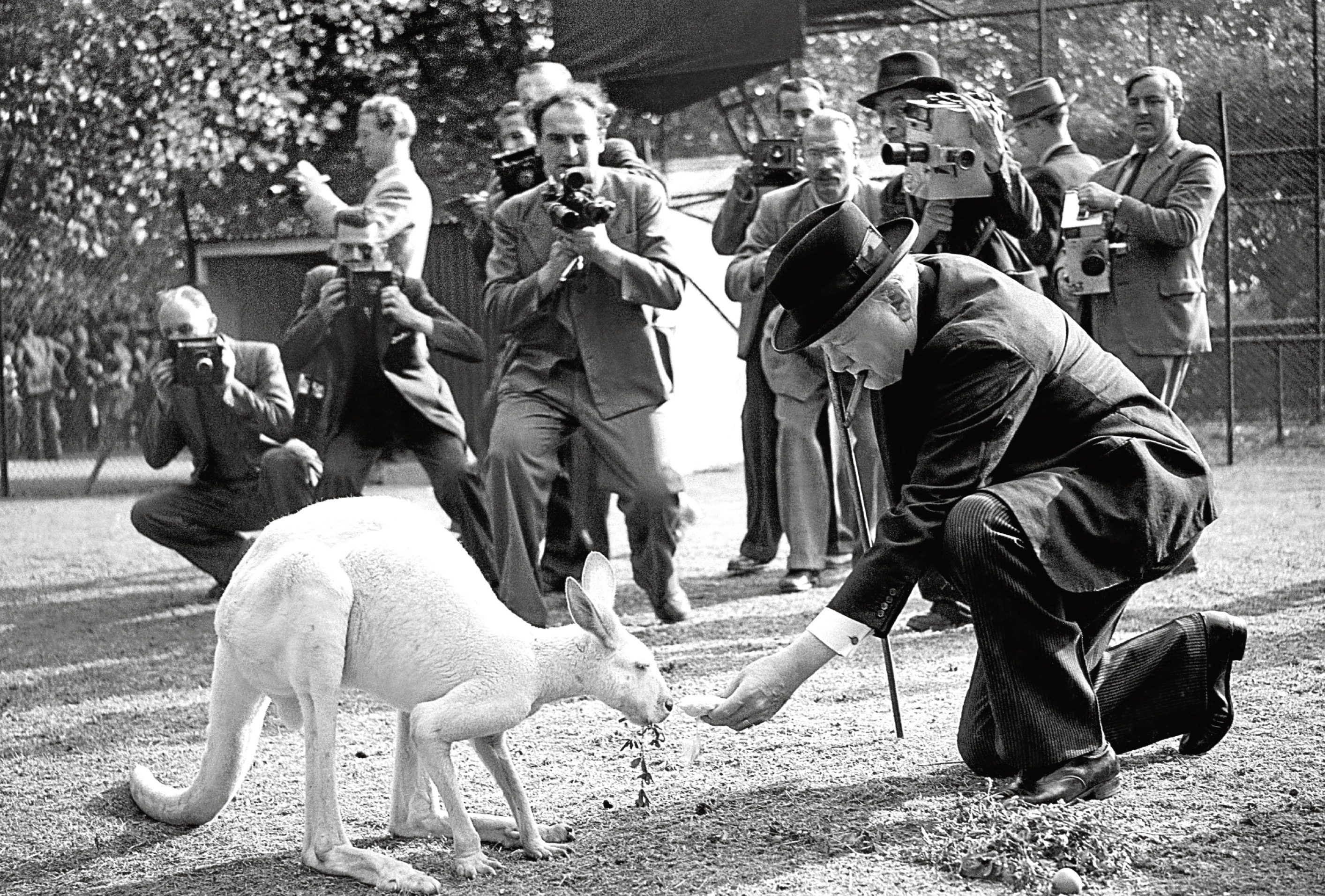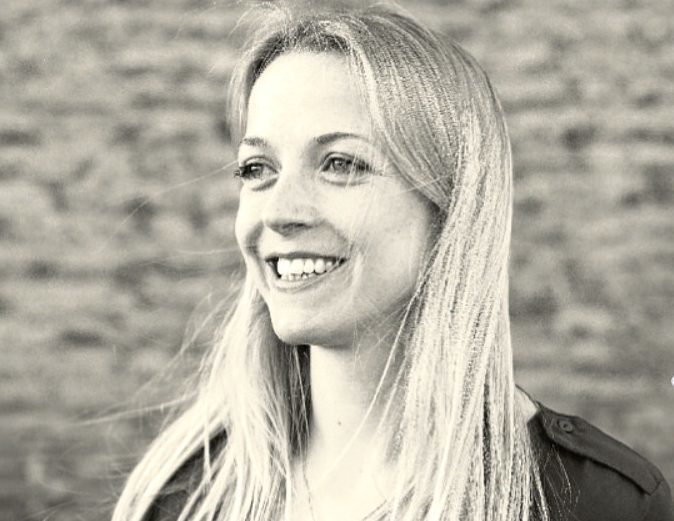
Isobel Charman, who has written The Zoo: The Wild And Wonderful Tale Of The Founding Of London Zoo (Viking, £16.99), tells Bill Gibb the Honest Truth about the early days of what became a world famous attraction and pioneer in animal conservation.
How was the zoo founded?
Sir Stamford Raffles, better known for founding Singapore, was behind it all.
Raffles had spent his career working for the East India Company and he’d amassed a huge private collection of exotic animals – apparently, on his estate in Sumatra, his children had shared their nursery with tiger cubs while a monkey joined the family every evening at the dinner table!
On returning to Britain in 1824 he wanted to set up something similar for the good of the nation and the purposes of scientific study – only on a much bigger scale, of course.
Was it always destined to be a success?
Initially, Raffles’ plans were ridiculed. One newspaper nicknamed his Zoological Society the “Noah’s Ark Society” and claimed that the aim was to propagate “strange reptiles” all over the Kingdom.
But Raffles didn’t let it stop him. He ploughed on and managed to recruit supporters for the Society, thereby raising enough money to rent the land on which to build the “Zoological Gardens”, as it was called initially.
What about the earliest days?
Before anything was built on the site in Regent’s Park, the first animals that came into the society’s possession were housed in their offices in central London.
There was a mischievous monkey that lived there for some months, who enjoyed pulling hats and wigs off visitors’ heads, and lots of birds and small animals spent time there – there was even an orang-utan for a while!
Tell us about how the early animals were acquired.
Some people living and working overseas caught creatures in the wild and sent them back to England specifically for the society, but they also received many donations early on from Britons who already had exotic animals in their possession.
These included a black bear that the Marquis of Hertford had acquired on a diplomatic mission to Russia – apparently trained to drink beer!
How were they brought in to the zoo?
The first orang-utan was sent over to London by boat in 1830 along with a leopard. The leopard escaped on board a ship and had to be shot, but the orang-utan became quite the sailor. He would eat at the dinner table with the rest of the crew. And the first elephant, Jack, arrived in 1831.
The keepers walked the elephant across London to his new home and had to run to keep up with him. They were helpless to stop him eating the hats and handbags of the ladies who had gathered to watch!
Tell us about some of the colourful animal characters.
Hippopotamus Obaysch was one of the biggest celebrity animals the zoo ever had.
A steamship was specially adapted to transport him, fitted with a 400-gallon iron bathtub, and a small herd of cows accompanied him to provide all the milk he required.
A specially-adapted train carriage whisked him from Southampton to London and when he arrived at the zoo it caused an outbreak of what can only be referred to as “hippomania”.
London went crazy for him – there was even a polka composed in his honour.
What about Royal visitors?
The Royal Family came to the Zoological Gardens frequently in their early years. The young then Princess Victoria came for her ninth birthday in 1828 and many times afterwards.
After the death of George IV, the Royal Family donated their private collection of animals to the society. Previously they’d kept all kinds of live animals at the Tower Of London and at Windsor.
READ MORE
VIDEO: German zoo introduces new baby gorilla to the world
Video: Baby tapir takes first steps at Edinburgh Zoo

Enjoy the convenience of having The Sunday Post delivered as a digital ePaper straight to your smartphone, tablet or computer.
Subscribe for only £5.49 a month and enjoy all the benefits of the printed paper as a digital replica.
Subscribe